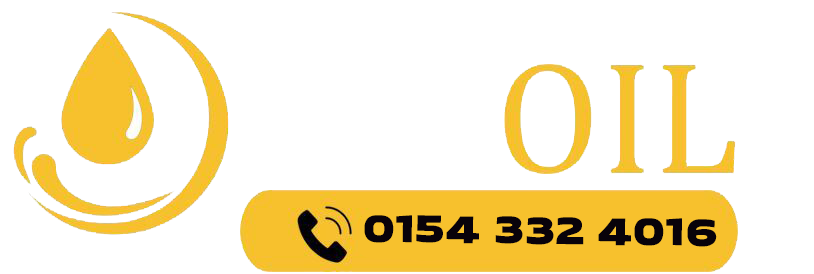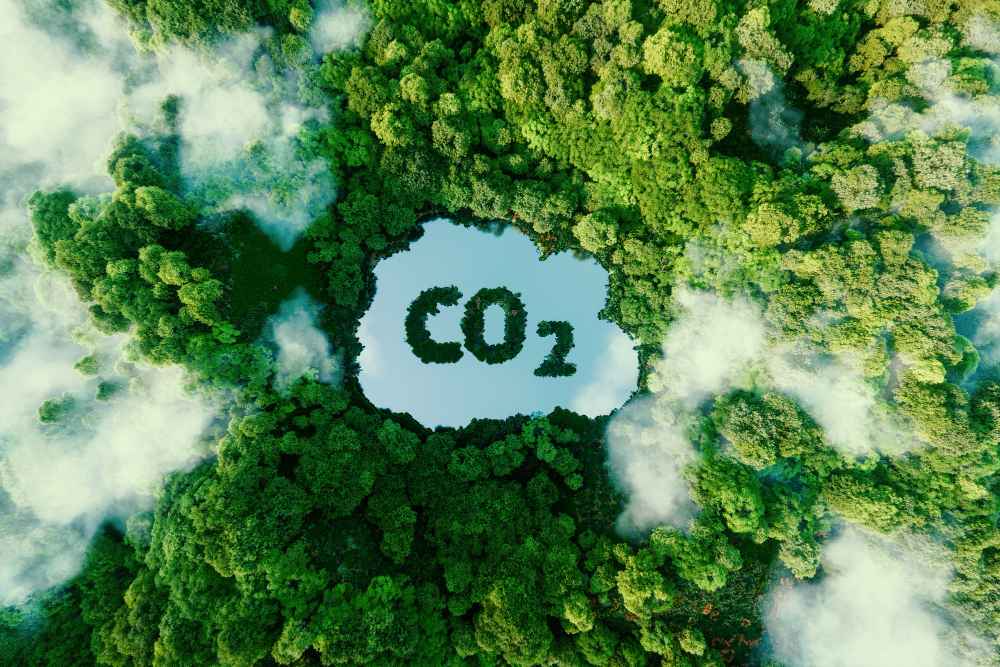What is Carbon Cycle
Carbon, the fourth most abundant element, is one of the essential components of the Earth whose concentration is regulated with the help of the carbon cycle. The carbon cycle involves the mechanism through which carbon gets transferred between different reservoirs, referred to as carbon sinks. It maintains climatic conditions and prevents the freezing of the Earth by keeping a suitable carbon balance on the Earth.
Human activities play a significant role in the carbon cycle, such as fossil fuels burning and land development, which lead to more production of CO2 (carbon dioxide). More atmospheric concentration of CO2 overloads the carbon cycle and creates negative impacts on the Earth’s environment.
This guide covers the importance of carbon, carbon reservoirs, the carbon cycle, and a comparison between the slow and fast carbon cycles. You can also get information about the causes of the unbalanced carbon cycle, methods to reduce carbon emissions, the importance of using renewable fuels, and how carbon sinks can prove to be a viable solution.
Why is Carbon Important?
Carbon forms the basis of all life forms on the Earth and is found in almost every living and non-living component, including humans, plants, animals, transportation fuel, etc. It is produced through natural and artificial resources. Humans release carbon in the form of CO2 during the natural process of respiration, which plants then absorb to produce food through photosynthesis. It is also released when organisms die and volcanoes erupt.
It is released from synthetic sources, such as when coal, natural gas, or oil is burnt to produce energy and provide the required power to transportation vehicles and industrial machinery. Carbon helps regulate the Earth’s overall temperature, is an essential component of food, makes life’s existence possible, and provides energy during fossil fuel burning.

What Are Carbon Reservoirs?
The components in which carbon gets stored are referred to as carbon reservoirs, such as animals, plants, and other environmental components. Carbon is used by plants for manufacturing leaves and stems which animals consume for their growth and development. It is present in the atmosphere in the form of CO2, in the bodies of marine organisms living in the oceans, and in rocks, minerals, and sediments.
Carbon moves between these reservoirs during the processes of photosynthesis, respiration, decomposition, combustion, etc. The concentration of carbon varies between different reservoirs, keeping its overall amount constant. However, when there is more carbon in the environment, it leads to negative impacts in the form of the greenhouse effect, global warming, climate change, etc.
Understanding Carbon Cycle
The carbon cycle refers to the process through which carbon travels between different atmospheric components through carbon recycling. This cycle remains balanced when there are average concentrations of carbon in the surrounding environment with a stable global temperature. However, the cycle becomes unbalanced due to increased amounts of CO2.
The Process
Plants absorb atmospheric carbon, which is used for producing food by photosynthesis. When animals consume food, this carbon becomes a part of their bodies. This carbon gets decomposed after the death of animals and becomes a part of sediments, where it remains trapped in the layers of minerals and rocks. The sediments are then converted into fossil fuels over the years under the influence of high temperature and pressure beneath the Earth’s surface.
When fossil fuels, including coal, oil, and natural gas, are burnt, the carbon is released back into the environment. In this way, the carbon cycle continues to run.
Slow Carbon Cycle VS Fast Carbon Cycle
In the slow carbon cycle, carbon moves between the atmosphere, lithosphere, and oceans. Carbon moves from the atmosphere into the lithosphere during rock weathering, and the constituents are passed into the oceans, which get deposited on the sea floor in the form of sediments.
Due to tectonic plate shifts, the sea floor gets recycled into the Earth’s crust over millions of years. These sediments are then returned to the surface during volcanic eruption, returning carbon into the atmosphere.
This carbon cycle is referred to as a slow process as it takes almost 100-200 million years to complete, involving complex chemical reactions.
On the other hand, a fast carbon cycle takes years or decades to complete as it involves carbon transfer among living organisms. During this cycle, CO2 is absorbed by plants, from where carbon becomes a part of the food chain, consumed by animals, and again released into the environment during breathing and microbial decomposition of dead organisms.
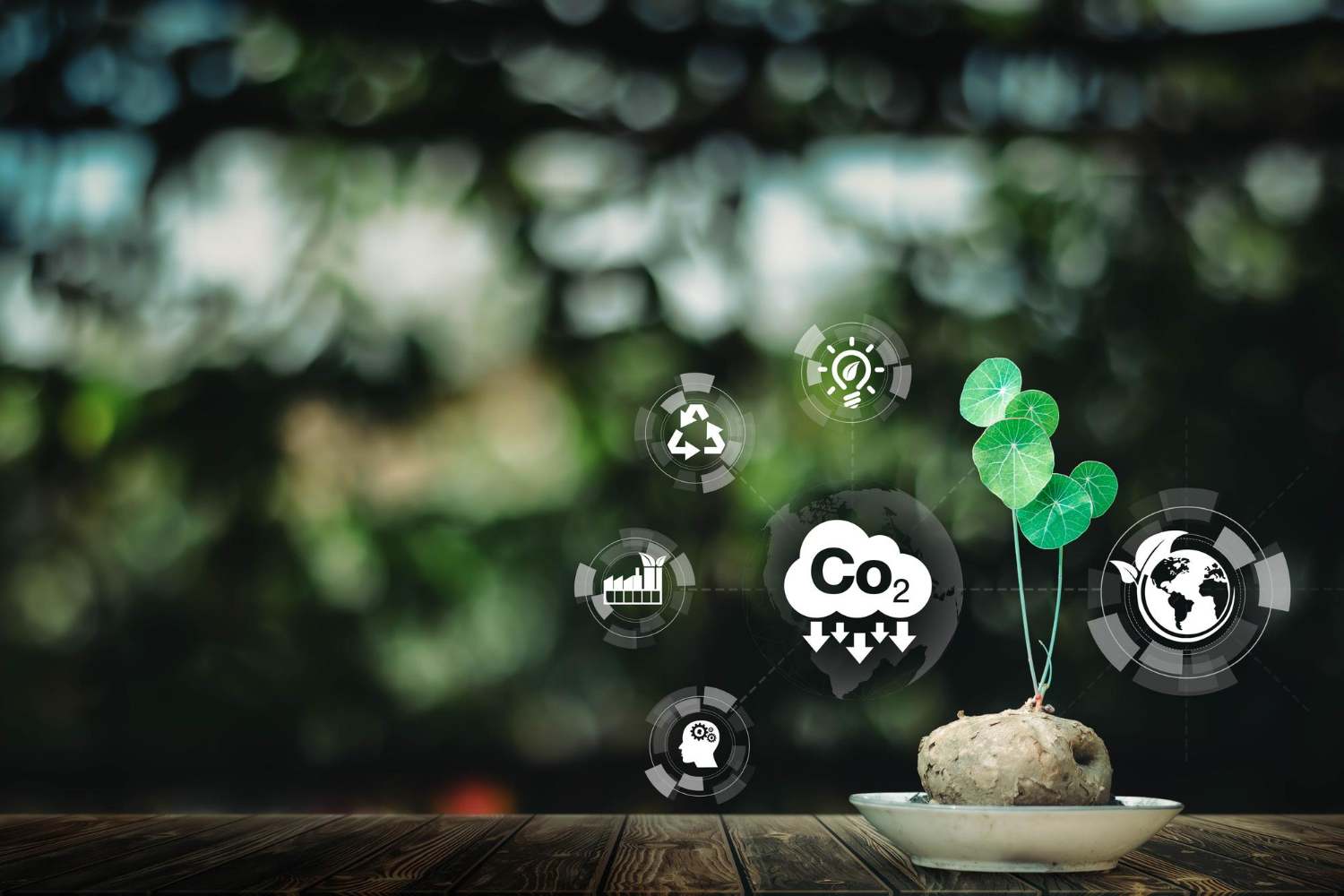
What Caused Imbalance in the Carbon Cycle?
The carbon concentration in the environment dramatically increased during the Industrial Revolution from 1760 to 1840 in the UK, Continental Europe, and the US. This revolution provided many benefits in the form of economic growth, technological advancement, more job opportunities, etc, but it also created negative impacts on the environment.
With the rising number of industries, the demand for fossil fuels, such as coal, oil, and natural gas, increased, which were being used for powering different industrial equipment and machinery. The burning of these fuels resulted in increased emissions of CO2 directly into the environment, leading to enhanced concentrations of carbon in the atmosphere.
Increased carbon concentration in the atmosphere disturbs the carbon cycle, which results in the heating up of the Earth. The high temperatures are causing climate change in the form of increased incidents of droughts, floods, storms, and changing weather patterns. All these things are creating negative impacts on biodiversity and threatening the lives of living organisms.
Reducing Carbon Emissions – The Need for Hour
The carbon cycle is getting disturbed due to the increased atmospheric carbon emissions in the form of CO2 from different human activities. Carbon-intensive activities should be reduced to bring the balance back, and it can be done by:
- Using Electric Vehicles
- Using Public Transport
- Using Low Carbon Fuels
- Preferring to Cycle or Walk
- Shifting Towards Renewable Energy Resources
- Utilising Non-Mineral Based Lubricants in Engines
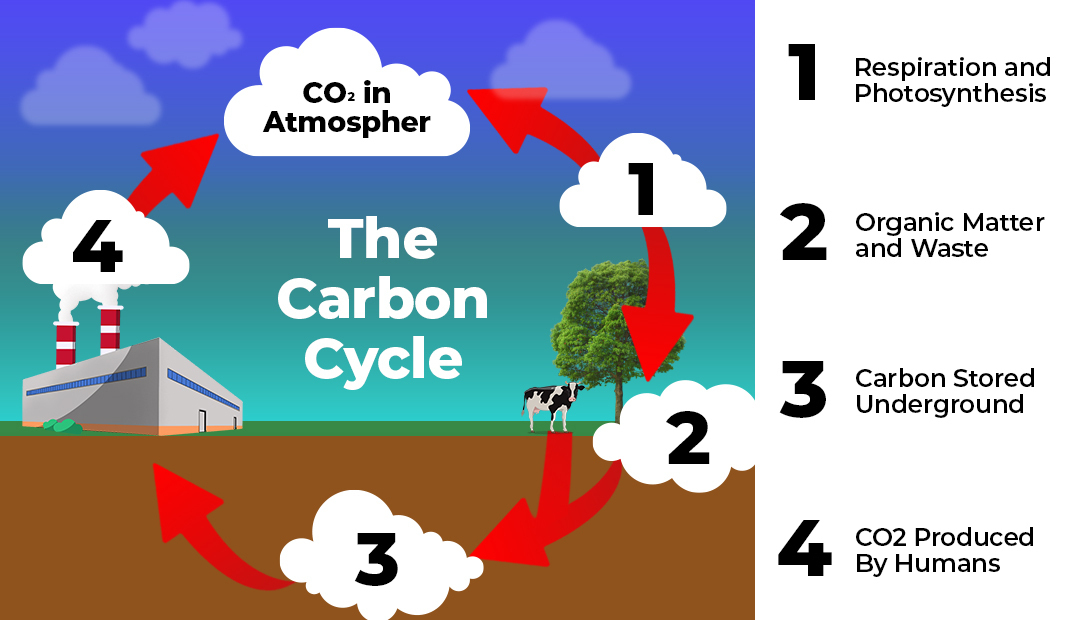
Importance of Using Renewable Fuels
As per the need of the hour, it is required to stop using fuels which are generated from non-renewable energy resources, such as fossil fuel, coal, oil, natural gas, etc. The fuel requirement can be fulfilled by relying on renewable energy resources that help retain more carbon in the sinks due to reduced fossil fuel demand. One of the popular renewable options is to use HVO fuel, which reduces CO2 emissions by up to 90%.
Based on the data provided by the BEIS (Department for Business, Energy & Industrial Strategy), HVO fuel emits 98% lesser carbon emissions as compared to diesel.
More Carbon Sinks – A Solution
The existing carbon sinks and reservoirs do not have enough capacity to hold high concentrations of carbon, so it is essential to restore the existing carbon sinks and create new ones. For this purpose, forest restoration should be done by planting more trees and undertaking sustainable forestry practices. The agricultural practices should be improved for maximising the soil’s carbon storage capacity.
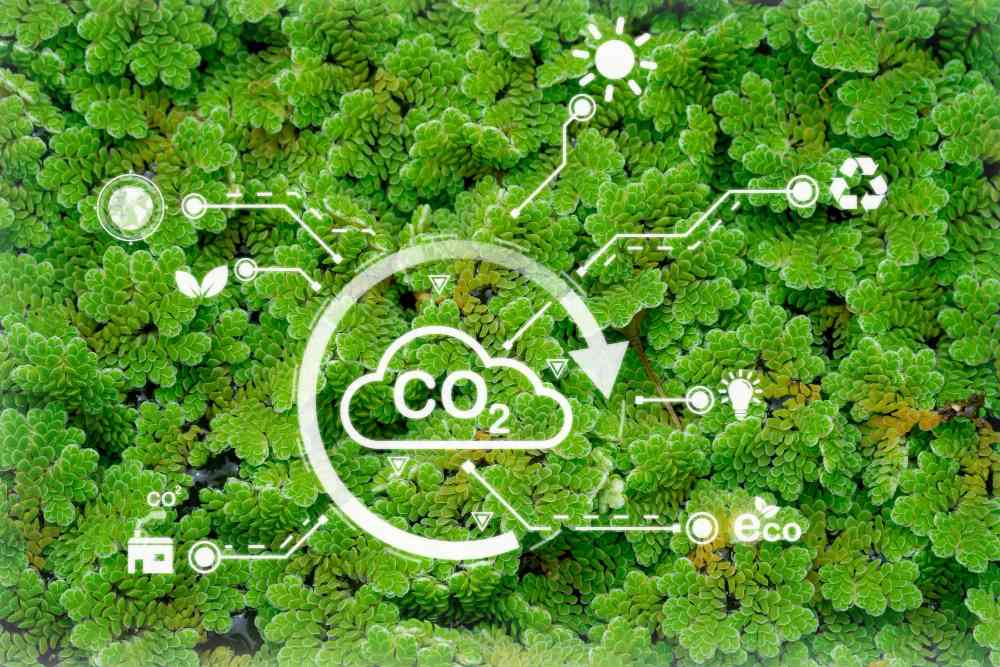
Concluding Remarks
The carbon cycle is of great importance to ensure survival on the Earth with efficient transfer of carbon within different reservoirs or sinks. Therefore, it is vital to control CO2 emissions to avoid significant negative consequences in the form of climate change and global warming due to the greenhouse effect. It can be done by using renewable energy resources, adopting sustainable agricultural practices, promoting plantation activities, etc.
